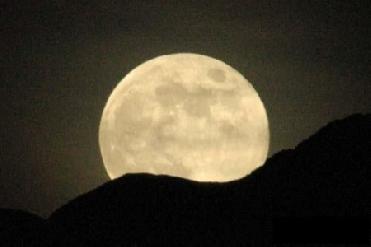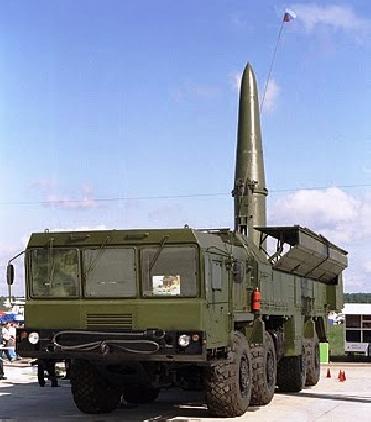
LONDON (PTI): Scientists have found chemically altered form of water bound up in a lunar rock, a discovery that strengthens the belief that water is widespread on both outside and inside the Moon.
Last year, scientists had confirmed the existence of water on Moon following several lunar missions, including India's Chandrayaan-1 probe.
Now, the discovery by geologists at the California Institute of Technology (Caltech) and the Tennessee University suggests that it would be far easier for humans to set up one day a space station on the moon’s surface.
The discovery was made after the team examined a basalt rock underlying the Moon’s surface that was formed by lava flows billions of years ago and brought back to Earth by the 1971 Apollo 14 mission.
They found evidence of hydroxide ions – negatively charged molecules identical to those of water but missing one hydrogen atom in apatite, a calcium phosphate mineral.
Professor George Rossman, of the California Institute of Technology, said: “If you heat up the apatite, the hydroxyl ions will ‘decompose’ and come out as water.”
The team said this provides “robust evidence for the presence of water in the interior of the Moon from where some lunar rocks were derived.
“This demonstrates a closer chemical and geologic relationship between the Earth and Moon than previously known.
We must now re-evaluate the volatile inventories of the Moon, relative to the Earth.”
Reporting their findings in the journal Nature, the researchers said ubiquitous water on the Moon could mean a human settlement on the Moon is not so far-fetched.
Currently the endeavour would be very expensive. For example, it costs $25,000 to take one pint of water to the Moon.
But if scientists devise processes to easily recover this water from the lunar rocks for drinking water and fuel, then a human settlement is not out of reach, the scientists said.
Space scientist Professor Lawrence Taylor of Tennessee University said: “Now we have ready sources of water that can be consumed by plants and humans but also electrolysed into liquid hydrogen and liquid oxygen to develop rocket fuel.
“Until the recent discovery of water in and on the Moon, it was going to be a very energy-intensive endeavour to separate these elements from the lunar rocks and soil,” the scientist said.
 Previous Article
Previous Article Next Article
Next Article













The Indian Air Force, in its flight trials evaluation report submitted before the Defence Ministry l..
view articleAn insight into the Medium Multi-Role Combat Aircraft competition...
view articleSky enthusiasts can now spot the International Space Station (ISS) commanded by Indian-American astr..
view article